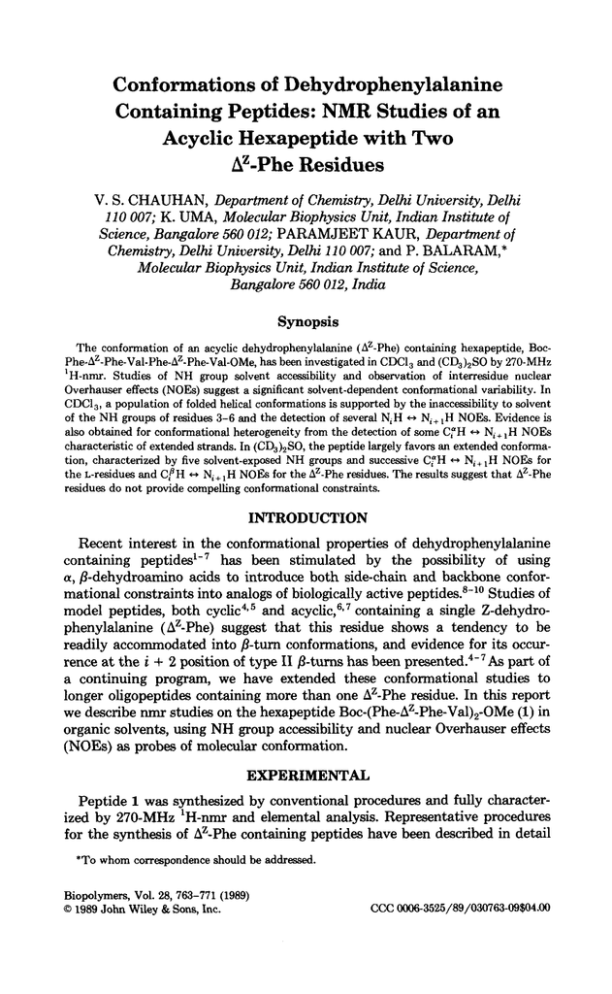Top Notch Info About How To Build An Nmr

In this perspective, we discuss a number of approaches to performing nmr experiments with inexpensive, easy to find or build components, highlighting a number.
How to build an nmr. (a) computer workstation, (b) nmr console, generates and receives rf, (c) nmr magnet. 1 introduction resources introduction bookmark nuclear magnetic resonance (nmr) spectroscopy explores the electronic environment of atoms. The first tool is the formula.
If you are conducting an experiment, you can use nmr to make sure. You can also simulate 13c, 1h as well as 2d spectra like cosy, hsqc, hmbc. 1 answer sorted by:
12k views 12 years ago webstore: Simulate and predict nmr spectra directly from your webbrowser using standard html5. Nmr can be done 2 ways:
In a broad sense, it still works by the same principle as. Nmr spectroscopy is the most common and comprehensive technique for studying the structure of organic molecules. In this starting guide we would like to show you how to quickly open, process, analyse and report a 1h nmr spectrum using the latest ribbon control interface.
Continuous wave, where you have a continuous unchanging frequency and then a ramp generator driving a coil around the magnet or. With the addition of an ir table, we. Nmr is a technique for analyzing structure and identifying compounds, often associated with organic chemistry.
The solution depends on the dynamics and orientation (s) of the spins in the ensemble (as will be. % tbme = 1 5 + 1 × 100 % = 16.7 % tbme. Converting ratios to percentages involves dividing one part of the ratio by the sum of both parts.
3 yes, it is possible. Dear nmr enthusiasts, we are glad to announce that the 34th global nmr educational tutorial will be given by prof mark corandi, professor.
% ethyl acetate = 5 5 + 1 × 100 % = 83.3 % ethyl acetate. Quantitative nmr spectroscopy.docx 11/2017 5 nmr due to its high frequency and larger chemical shift range, but can also be problematic for 13c nmr. Its spectral resolution is 90 hz at the larmor frequency of 2.45 mhz.
In such cases, it is advisable to compare resonances that have similar chemical shifts (and to choose calibrants that will enable this) and to place the centre of the spectrum In chapter 12, you learned how an organic chemist could use two spectroscopic techniques, mass spectroscopy and infrared spectroscopy, to assist in determining the structure of. Make up slightly more sample than is required.

















